How to Track Your Cycle
While sometimes used interchangeably with your period, your cycle is actually the length of time from day 1 of your period up until the day before your next period. Your cycle indicates an entire month’s worth of hormones and symptoms. A normal cycle is anywhere from 21-35 days and anything above or below this is considered irregular and may require medical attention. It is important to track your cycle so you can connect with your body, understand your symptoms, and incorporate foods, movement, and other lifestyle modifications that align with how you are feeling.
To track your cycle it is important to pay attention to:
1. Your Cycle Phases
There are 4 phases that occur within one cycle, they are the menstrual phase, the follicular phase, the ovulation phase, and the luteal phase.
The menstrual phase occurs from day 0-7. In this stage, you are eliminating an unfertilized egg and the endometrial lining, which is your period. During this time, estrogen and progesterone are at their lowest, because your body knows it doesn’t need to prepare for pregnancy so the hormone levels drop.
In the follicular phase, usually days 8-13, you should not be releasing any blood. Follicular stimulating hormone (FSH) is produced by the pituitary gland, and it promotes the development of ovarian follicles which will increase estrogen levels. Luteinizing hormone (LH) is released from the anterior pituitary gland and will stimulate ovulation to occur by developing the corpus luteum which results in progesterone increase. From the increase in hormone levels, you can experience higher energy levels.
On one day in the range, 13-15 you are in the ovulation phase, the halfway point of the cycle. Ovulation occurs when the ovarian follicle releases an egg that will travel down the fallopian tube to prepare for fertilization. Hormones are at their peak at this stage specifically, there is an LH surge allowing for the egg to break free from the follicle. Your cervical mucus in the cervix will increase in volume and become more watery. Additionally, your base body temperature will increase due to progesterone increase.
Lastly, the luteal phase is day 15-28. Your body is preparing to receive a fertilized embryo by increasing progesterone production, maturation of uterine glands, and thickening the walls of the endometrium. Progesterone and estrogen both peak again in this phase.
Source: NIH
2. Ovulation
Realizing if you are ovulating is another crucial question to ask when you learn how to track your cycle. Ovulation takes place around halfway between 2 consecutive menstruations. You can still have a period, but not ovulate, though this bleeding is not technically the shedding of your uterine lining; instead, it is just excess blood that you shed. Ovulation relies on hormone balance so it is important to track ovulation as well as track your period. To track ovulation you can take your temperature in the morning every day and when your temperature rises, that day you will ovulate. You can also buy ovulation predictor strips which can sense ovulation from your urine. Tracking cervical position can also indicate when you will ovulate. Lastly, you can track your cervical fluid each day to see when you are ovulating.
Source: NIH
3. Mood
Paying attention to mood shifts and changes throughout the month is important when learning to track your cycle. Your mood can fluctuate throughout your cycle due to hormone changes. Typically your mood is at its peak during the follicular phase and the ovulation phase because hormones are at their peak, and your mood is at its lowest in the luteal and menstrual phase because hormones are at their lowest. In relation to this, mood is heavily influenced by GABA, an anti-anxiety mood chemical. Progesterone is a reproductive hormone that helps maintain and regulate GABA levels. This connection between progesterone and GABA shows evidence for your mood changes throughout your cycle. If you have irregular periods and you are not ovulating you may notice lower mood states because your progesterone levels are probably very low. This is because you need progesterone in order to ovulate.
Source: 2880640
4. Moon Phases
The moon phases are another way to track your cycle. Since our menstrual cycles operate on an average 28-day cycle just like the moon, we can use the moon phases to tap into our cyclical nature if our periods have gone irregular. Each moon phase matches up with one of our four menstrual phases.
New Moon = menstrual phase: focus on protein + healthy fats, pumpkin + flax seeds for seed cycling, restorative exercise + active rest, and use this time to rest and restore
Waxing = follicular phase:: focus on light + fresh foods, pumpkin + flax seeds for seed cycling, new movement + group exercise, and use this time to plan + set goals
Full Moon = ovulation phase: focus on raw fruits + veggies, sunflower + sesame seeds for seed cycling, higher intensity + cardio exercise, and use this time to express + communicate
Waning = luteal phase: focus on leafy greens + grounding root veggies, sunflower + sesame seeds for seed cycling, strength training exercise, and use this time to create + take action
If you’re cycling regularly you may bleed on the new moon and ovulate on the full moon, but it may be opposite or not aligned exactly to the full or new moon. That’s okay and also NORMAL. Our cycles can and do shift and there may be different energies behind bleeding on a full moon (red moon cycle) or bleeding on a new moon (white moon cycle). To dig more into this try googling the red or white moon cycle.
5. Stress Levels
Stress levels are a crucial factor in how to track your cycle. Stress levels are impacted by cortisol, our stress hormone. The nutrient building blocks that usually go to make progesterone can get shuttled to build cortisol, and this negatively affects our cycle due to hormone imbalance. Research has also found that cortisol can disrupt the luteinizing hormone (LH) surge. This surge typically occurs right before ovulation, which provides reasoning for how stress affects your period.
Additionally, our sympathetic nervous system, which increases our stress response, can delay ovulation as a protective mechanism. Ovulation takes energy to release the egg, prepare for pregnancy, and if fertilization doesn’t occur, menstruation. If the body is under stress, cortisol is released and the sympathetic nervous system is activated because your body is perceiving a threat and wants to conserve energy for defense instead of preparing for reproduction.
6. Digestion
Digestion is another important factor to take note of when you track your cycle. It is important that you have at least 1 bowel movement everyday. If this isn’t happening, it can result in constipation.
Before your period, inflammatory compounds called prostaglandins are released to help shed the uterine lining. Prostaglandins can also affect your GI tract muscles since your uterus is nearby. This contraction can result in loose stools or even diarrhea on / around your period.
After your period, your estrogen levels start to rise. You may experience more regular bowel movements during this phase since prostaglandins aren’t on the rise and progesterone hasn’t kicked in yet. Typically you feel pretty good during the follicular phase with the rise in estrogen and increasing energy levels.
While progesterone is needed for healthy fertility, it can also have some relaxing effects on the GI tract muscles and slow things down resulting in some mid-cycle constipation.
In the second half of your luteal phase, your estrogen and progesterone start to drop and this can provide some constipation relief. As you approach your next period prostaglandins are released again and the cycle goes on.
7. Movement
Movement should be planned out as you track your cycle. Due to the changes in energy levels during your cycle, it is important to modify your movement to match these changes. During the menstrual phase, focus on restorative movement, and active rest because hormones are at their lowest. In the follicular phase, you can increase intensity as hormone levels rise. This phase you can focus on progress and trying new things with your exercise routine; include things like group fitness, cardio, running, and dance. During ovulation, hormones are peaking so intensity can be at its highest. Attempt a personal record or a new intense class like HIIT, boot camp, yoga sculpt, or spin. In the luteal phase, hormones are at their lowest point. Scale back on intensity and listen to your body on what it wants. Things you can include are weight lifting, vinyaya yoga, walking, and pilates.
Source: NIH
8. Sleep
Sleep is another important factor to pay attention to when you track your cycle. When we wake up in the morning, we get a burst of cortisol to allow us to be motivated to start the day and to get out of bed, and as the day goes on the cortisol will decrease to normal levels so that you feel tired by the end of the day. At this time, your cortisol levels should be at their lowest point. Many women do not have this cycle of cortisol because they are not getting enough sleep or not getting enough quality of sleep. This can inhibit cortisol from dropping throughout the day, and it can cause a spike to occur before bed. A cortisol spike in the evening may be behind your inability to fall asleep, nighttime racing thoughts, or insomnia. Remember that cortisol can impact our other hormones during our cycle, so manage your sleep to improve hormone balance which can help track your cycle.
Source: NIH
9. Symptoms
Noticing any and all symptoms you endure throughout your cycle is important to learn to track your period. It is important because every symptom you experience has a root cause that could develop over time to worsen your health and symptoms down the road. With period symptoms, they are due to hormonal imbalances that can be caused by a number of factors. These factors include gut issues, nutrient deficiencies, alcohol or caffeine consumption, and stress.







